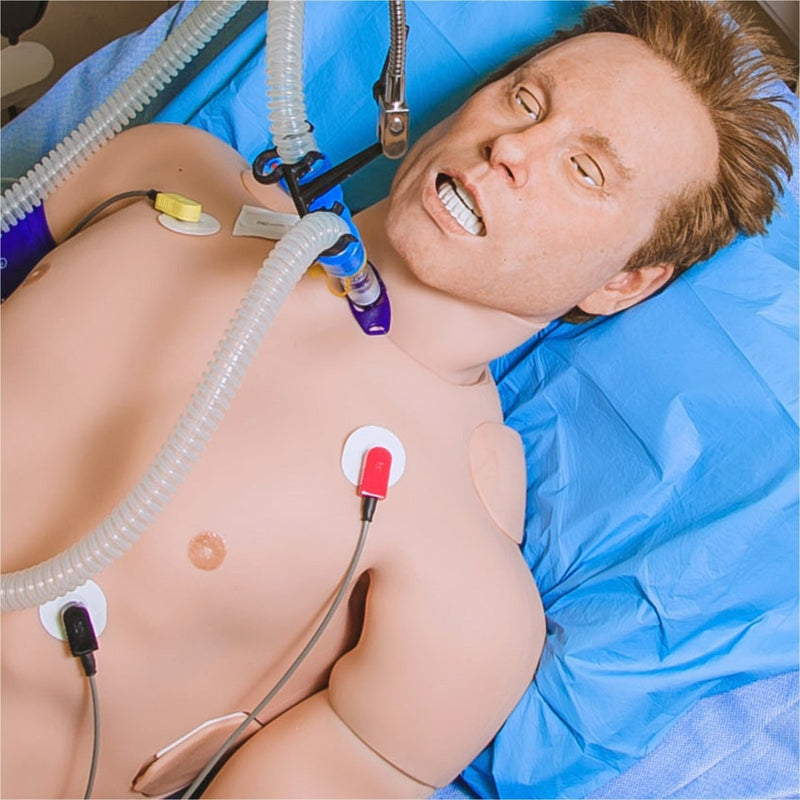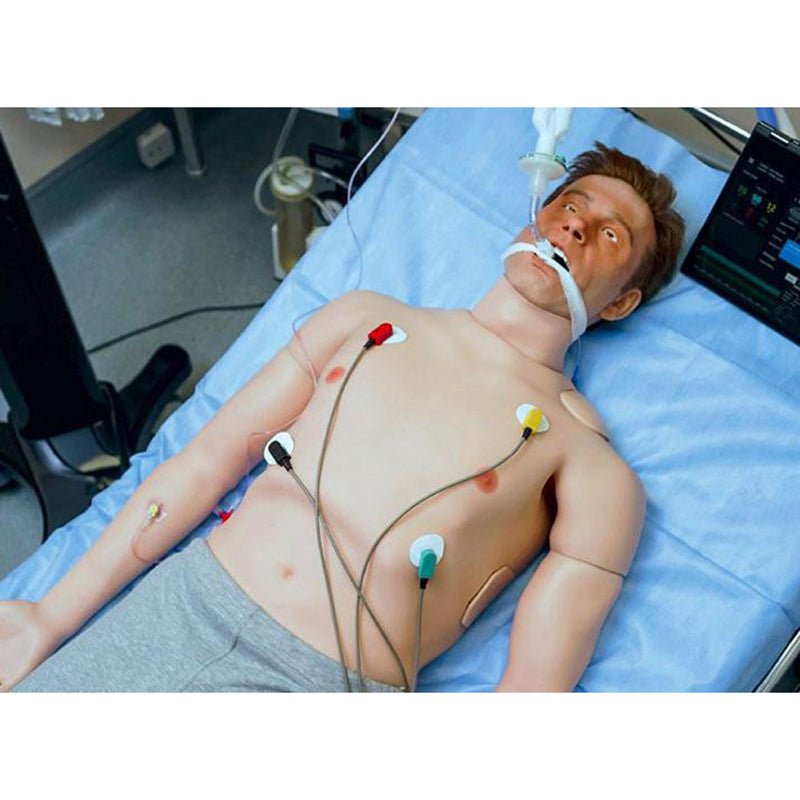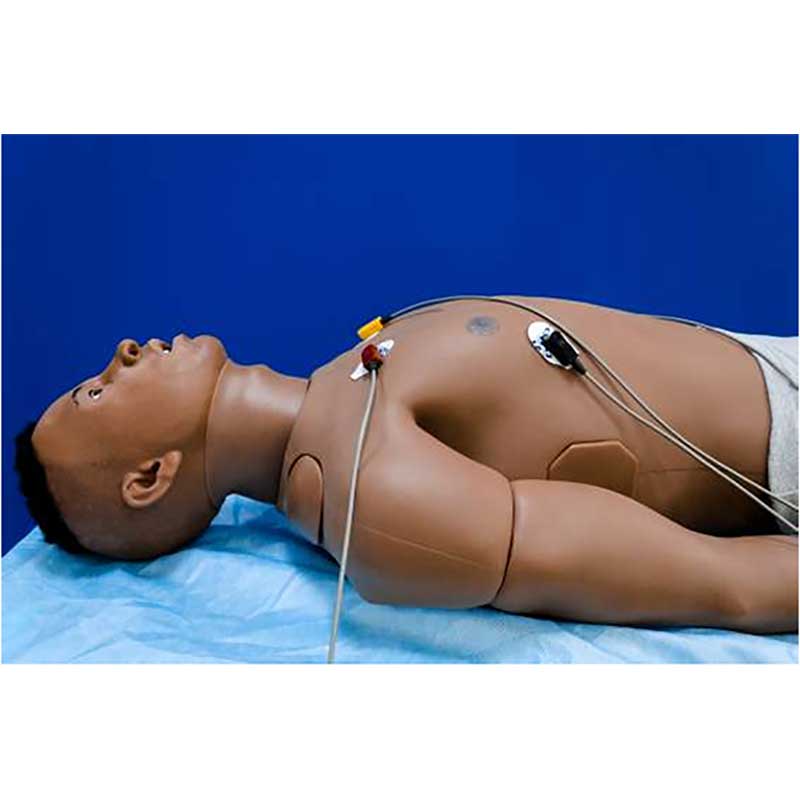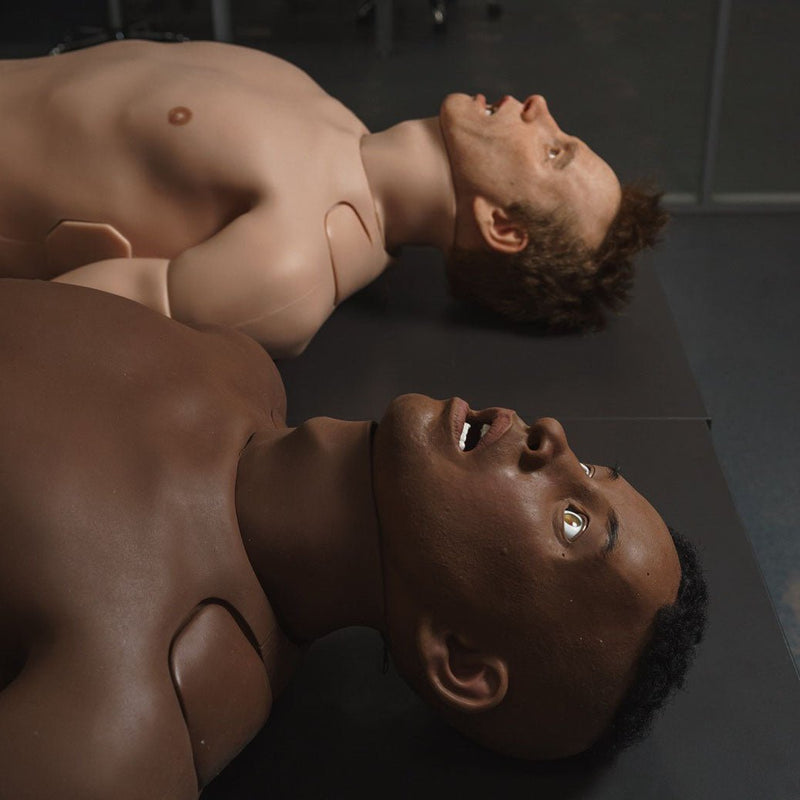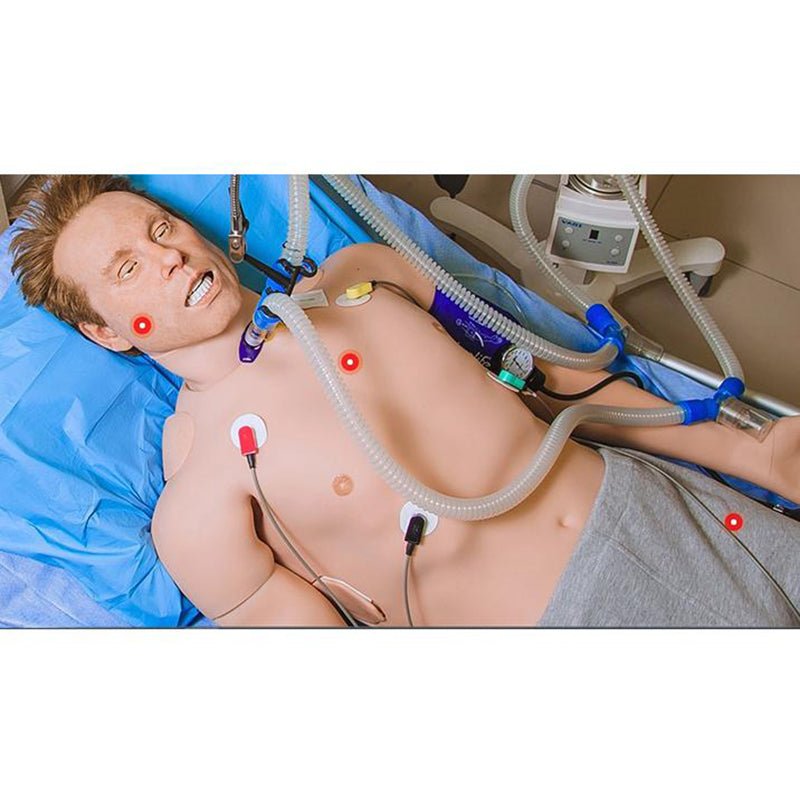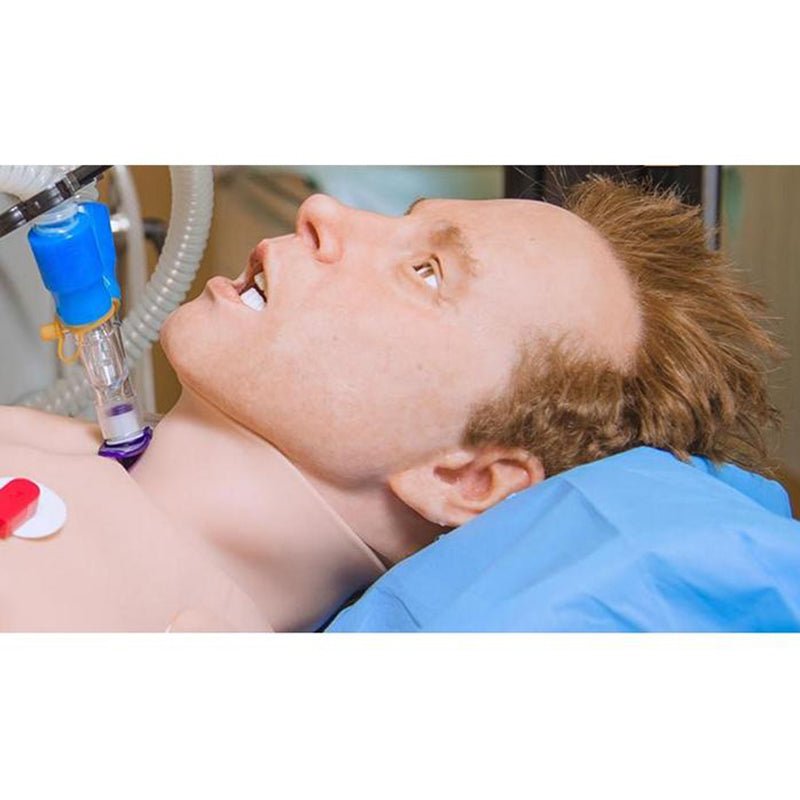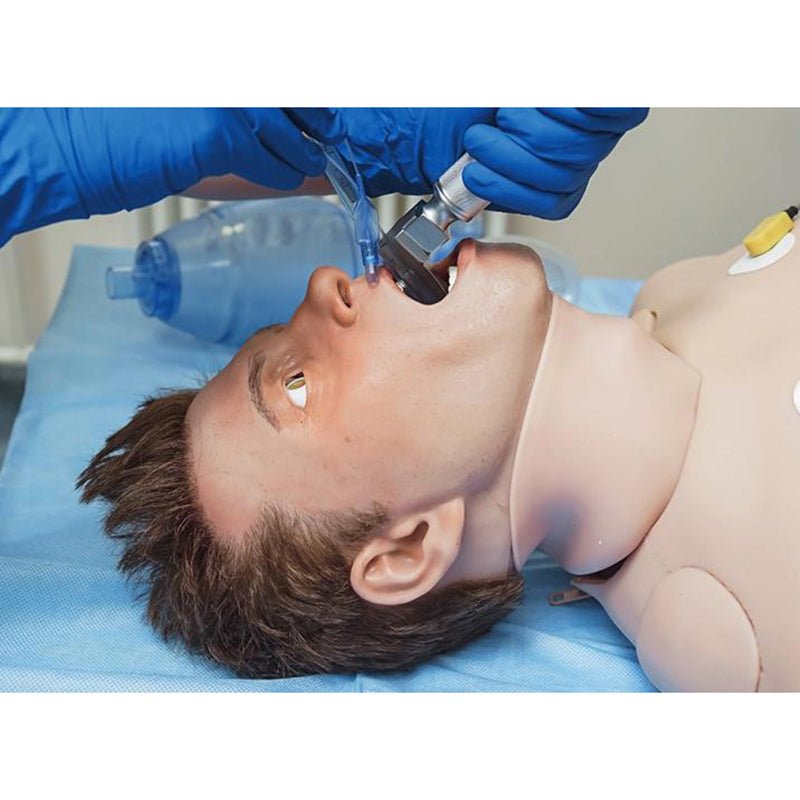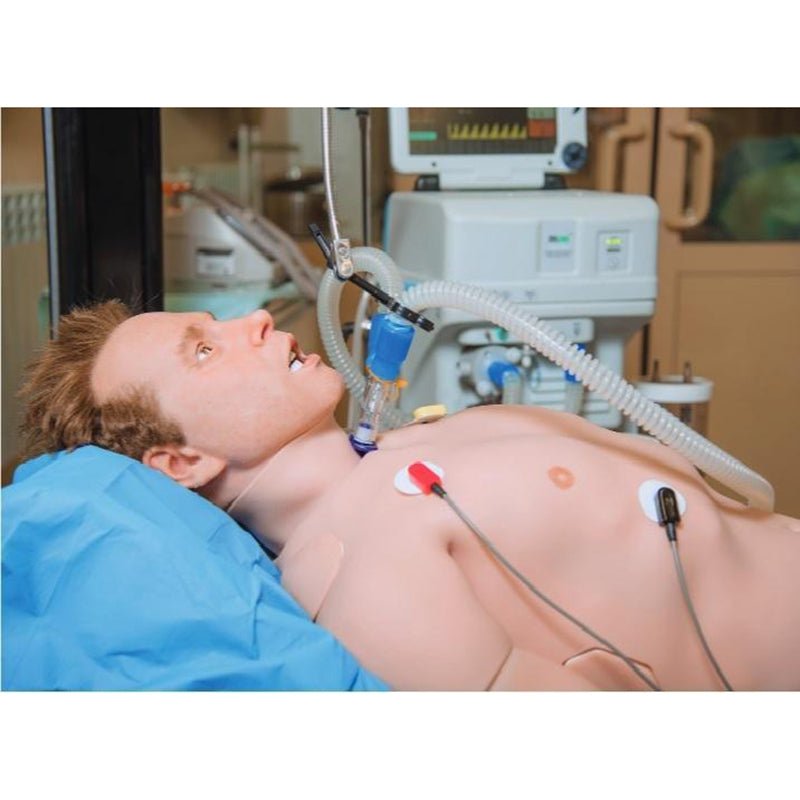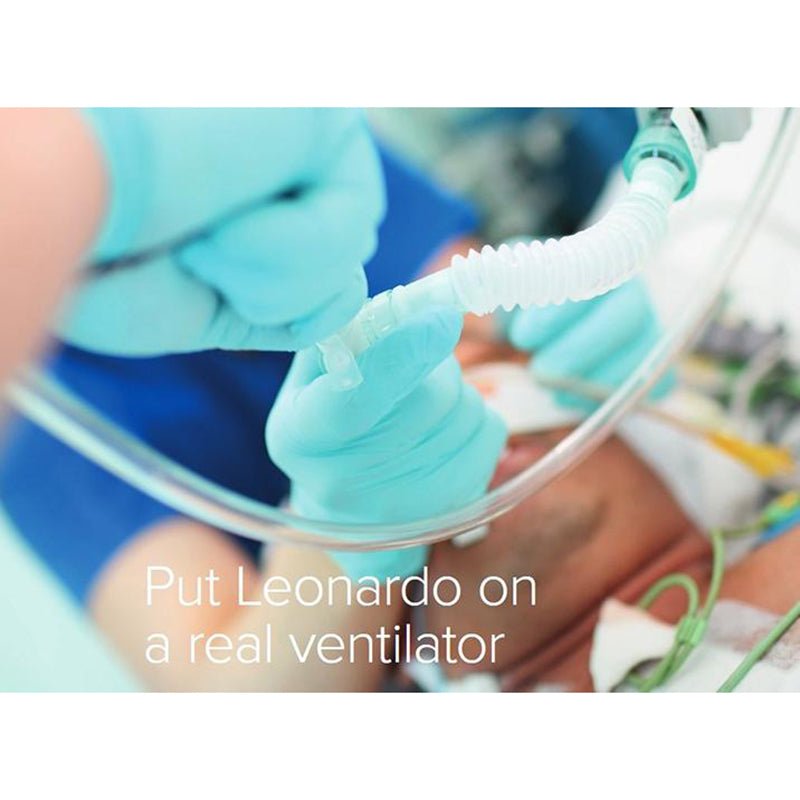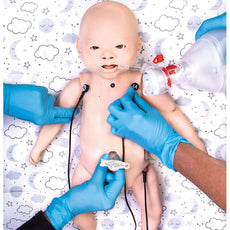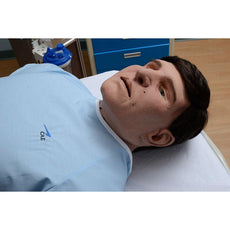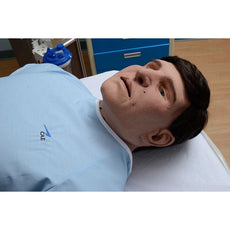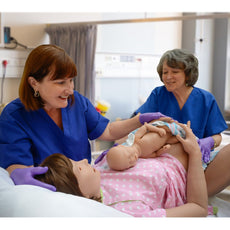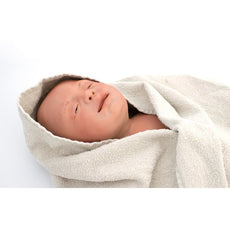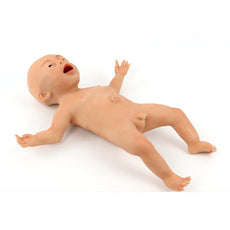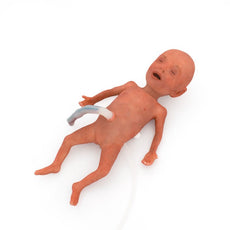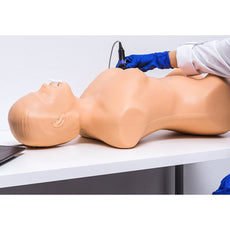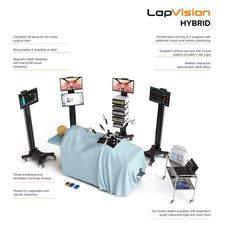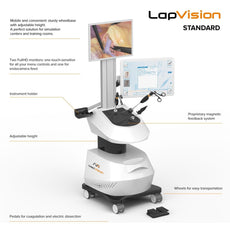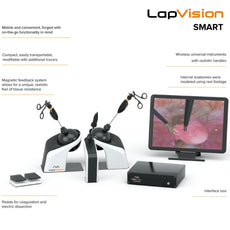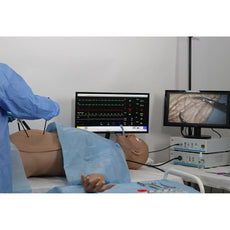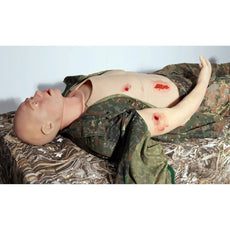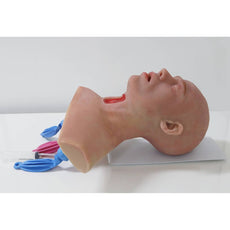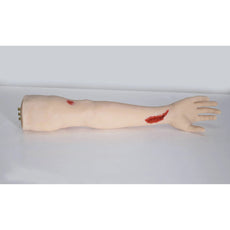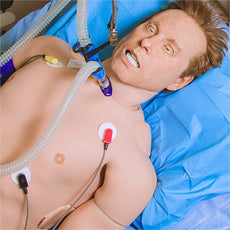Your shopping cart is empty.
Leonardo | MedVision Adult Patient Simulator, Light Skin
Item # LEO-STD-001LRequest a quote for pricing
Need an estimate?
Click Add To Quote

Leonardo is a durable and easy-to-use adult patient simulator designed for high-quality simulation training in basic to advanced medical procedures, clinical team development and patient case management. Extensive functionality, combined with the ability to use your own medical devices, will enable learners to fully immerse and challenge themselves as they put their individual and team skills to the test in time-critical emergency scenarios.
Realistic, Robust, ReliableLifelike weight (150lbs/68kg) and height (5’9ft/180cm)
Tetherless connection (with up to 8 hours of battery life)
Rechargeable, swappable battery
Durable consumables
Seamless skin, easy cleaning and maintenance
Free remote installation via video call included
*On-site installation is available upon request for an additional fee.
-
by
A trusted GT partner -
1-Year Warranty
Provided by manufacturer -
Gov't pricing
Available upon request
Leonardo is a Human Patient Simulator of a male adult. Created in order to solve most difficult tasks in specialist training: vital signs, realistic feel and feedback, increased durability are only a few of his many traits.

LEONARDO
Your high fidelity tool for high fidelity training.
Innovations for life
HIGH FIDELITY

LEONARDO HF is our adult patient simulator designed to support the most challenging tasks in healthcare education. It has accumulated the results of the years of our work in the designing and improvement of medical simulators. With lifelike patient physiology, compatibility with a real ventilator and defibrillator, high durability, etc., the simulator will support you in getting better results each time you deliver your training.
- Wireless and tetherless technology supporting wired connection
- Removable internal high-capacity battery (up to 12 hrs of tetherless operation)
- Realistic, seamless skin with no metal plates or protruded ECG/defibrillation sites on the surface
- Durable materials suitable for repeated use of all the features of Leonardo
- Anatomically accurate upper airway supporting intubation
- Virtual anesthesia machine (sold separately)
- Mechanical ventilation using a real medical ventilator
- Compatibility with a real defibrillator
- Realistic articulation of limbs
- Realistic musculoskeletal structure
- Lifelike height (180 cm) and weight (60.5 kg)



Key Features
- Wireless connection with over 8 hours battery life and fast charge capabilities
- The most detailed and realistic face on the market
- Realistic weight and height of average American male
- Male and Female interchangeable genitalia
- Full articulation of all extremities and head
- Customized skin feels real and is easy to clean - no staining
- Anatomically correct airway in material that mimics real tissue
- Difficult airway settings (tongue edema, tongue fallback, pharyngeal obstruction and laryngospasm)
- Use of real defibrillator or mechanical ventilator
- Drug recognition system and real drug responses
- Volume and rate sensors of drug administration
- Chest compression with LUCAS device
- Secretions (sweat, nose, eyes, ears), urination and catheterization, 2 attachable bleeding wounds (1 for the arm and 1 for the leg)
- Needle decompression and special procedure capabilities
- Real-Time Tracking and analysis of CPR
- Torniquet/stop the bleed sensors
- Available in two skin tones each with distinct facial features
- And so much more!
- Optional Key Features (Sold separately)
- Amputation arm with intense bleeding
- Amputation leg with intense bleeding
- Virtual anesthesia machine
Leonardo - Adult patient simulator
Leonardo is a durable and easy-to-use adult patient simulator designed for high-quality simulation training in basic to advanced medical procedures, clinical team development and patient case management.
Extensive functionality, combined with the ability to use your own medical devices, will enable learners to fully immerse and challenge themselves as they put their individual and team skills to the test in time-critical emergency scenarios.
Download:
Vital signs

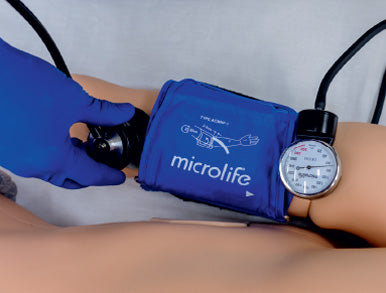


Craft Your Scenarios
Customize your own scenarios using our intuitive software or choose from many others, carefully created by our own simulation specialists.
Intubation of the upper respiratory tract





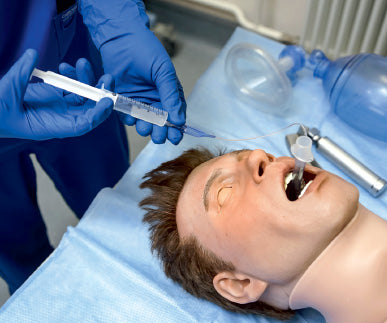

Pupillary light reflex




Machine ventilation
Perform mechanical ventilation with a real ventilator. Our proprietary software makes it possible to set compliance and resistance for a complete clinical case. Pressure/volume control, pressure support, APRV, PAV, HFOV, NIV, PEEP (5-20cm H2O)

Cardiopulmonary resuscitation



Choose a heart rhythm from our library.
Want something more specific?
With our software it is very easy to create any rhythm.


FEATURES
- Anatomically accurate upper airway
- Orotracheal and nasotracheal intubation
- Head tilt, chin lift, jaw thrust
- Laryngeal mask airway insertion
- Pneumothorax and hydrothorax
- Sellick manoeuvre
- Positive pressure ventilation
- Programmable airway resistance
- Pharyngeal airflow obstruction
- Esophageal intubation
- BVM ventilation
- Cyanosis and acrocyanosis
- Bilateral chest rise and fall
- Programmable bilateral bronchi resistance
- Intubation depth detection and logging
- Imitation of trismus, tonic and clonic seizures
- Tongue edema
- Laryngospasm
- Spontaneous breathing
- Programmable respiratory complications
- Programmable respiratory rate
- Respiratory rate synced to patient monitor vital signs
- Programmable chest rise and fall
- Mechanical ventilation (PCV and VCV) PEEP (up to 40 cm H2O)
- Variable bronchi resistance
- Audible needle decompression with realistic feedback
- Auscultation of heart sounds (5 points), lung anterior sounds (5 points), lung posterior sounds (4 points), bowel sounds (4 points)
- Independent normal/abnormal heart sounds
- Independent normal/abnormal lung sounds
- Normal/abnormal bowel sounds
- Auscultation of Korotkoff sounds
- Programmable bilateral chest rise and fall, synced with breathing
- Convulsions
- Programmable blinking
- Programmable pupils
- Rich library of ECG rhythms
- ECG heart rate of 20 to 200 bpm
- Real ECG electrodes
- Anatomically accurate landmarks to position your hands for chest compressions
- Chest compressions
- Defibrillation, cardioversion and cardiac pacing using real devices
- Defibrillator pads correct placement and logging
- Defibrillation in manual and automatic modes
- Successful compressions with their logging and effect on HR and ECG
- Cyanosis
- Programmable pulse strength
- Realistic chest compressions
- Automatic activity log, displaying all user actions
- Depth, frequency, hands placement assessment and log
- Ventilation volume
- Manual configuration of CPR protocols
- Printable detailed CPR assessment
- Intravenous injections (preinstalled catheter)
- Intraosseous access (tibia)
- Rich library of vocal sounds (moaning, coughing, pre-recorded words and phrases)
- Use of a microphone to transmit information through the simulator
- Realistic teeth, soft cheeks and gums
- Pre-installed themes, scenarios, programs and the Scenario Constructor software to design your own scenario
- Realistic bone structure, palpable ribs, kneecaps and many more
- Secretion: sweat, tears, ear discharge, oral secretions, urine and bleeding

Request a quote for pricing



